It was supposed to be a solemn and memorable tribute. A flight over Wyoming’s Shoshone National Forest to honor a departed loved one, ashes to be scattered from the sky in a final farewell. But what began as a peaceful mission turned into heartbreak in the rugged terrain near Meeteetse, when an American Champion 8GCBC impacted mountainous terrain, claiming one life and seriously injuring another.
A Flight with Purpose
The pilot, a 65-year-old private pilot with about 1,000 total flight hours and 200 hours in the 8GCBC, took off from Yellowstone Regional Airport (COD) with a 78-year-old passenger on board. Their goal: reach a GPS waypoint deep in the national forest where the passenger’s family waited below to witness the aerial scattering of a loved one’s ashes.
The aircraft, a tailwheel-equipped, 2009-built 8GCBC Citabria Scout, was well within its weight limits—loaded to about 1,960 pounds against a max gross of 2,150. Weather was clear with light winds, but the density altitude at their final location soared to 11,600 feet. It was a challenging environment even for seasoned pilots.

The Climb that Never Was
After the ashes were released during a circling maneuver, the pilot applied full power to level out and climb. That’s when things began to unravel. He later recalled that the airplane “reached an altitude where it could not climb,” and the airspeed hovered dangerously near stall speed. From there, his memory blanked due to injuries sustained in the crash.
ADS-B data tells the rest of the story. After performing the ceremonial pass, the aircraft turned southwest—directly toward rising terrain. It climbed from 8,550 feet to a final recorded altitude of 9,625 feet, but as it climbed, its groundspeed dropped from 113 knots to just 63. It was running out of lift, airspeed, and options.

A Sputtering End
Though no one saw the impact, two hunters in the area, one of whom was a pilot, reported hearing a sputtering engine followed by a loud bang. Then came the smoke, black against the clear Wyoming sky. The wreckage was found along the southern edge of a valley at 9,850 feet elevation. The aircraft was destroyed by the impact and post-crash fire.
Despite a detailed post-accident investigation, the NTSB could not definitively identify an engine failure. The engine remained attached to the fuselage, and while it suffered extensive thermal damage, no internal mechanical faults were found. Investigators noted a slightly bent crankshaft—typical of impact forces—but no pre-crash issues stood out.
The Pilot’s Dilemma: Terrain vs. Performance
Ultimately, the NTSB pinned the probable cause on a critical decision: the pilot’s choice to continue flight over rising terrain in a high-density-altitude environment at a low altitude. While it’s unclear if the engine was partially failing as the witness described, the data shows a steady, struggling climb into terrain the aircraft couldn’t outclimb.
It’s a sobering reminder that even small airplanes with good performance can be humbled by density altitude. The service ceiling for the Citabria Scout is 14,500 feet, but that’s a theoretical maximum under perfect conditions. At 11,600 feet density altitude, every foot of climb becomes a struggle—especially after a low-speed, low-altitude maneuver.

Human Factors and Harsh Lessons
This accident blends technical and human elements. The pilot was experienced, but not instrument-rated, and operating solo in rugged terrain. His BasicMed certification and recent flight review suggest he was legally fit to fly. Yet, like many accidents, legality doesn’t always align with safety margins.
The mission added complexity. Maneuvering to release ashes while coordinating visually with people on the ground can distract from flight parameters. Once performance started to degrade, the window for escape narrowed quickly. High terrain, low energy, and thinning air can conspire mercilessly.

Final Thoughts
What was meant to be a poignant gesture turned into an irreversible loss. One family mourns two lives—the one being honored, and the passenger lost in the crash. The pilot survived but will carry the weight of that day forever.
For the rest of us, it’s a reminder to treat high-density-altitude operations with respect. Know your airplane’s limits. Plan terrain avoidance routes. Maintain energy margins. And when honoring someone from the sky, double down on safety—it’s what they’d want.

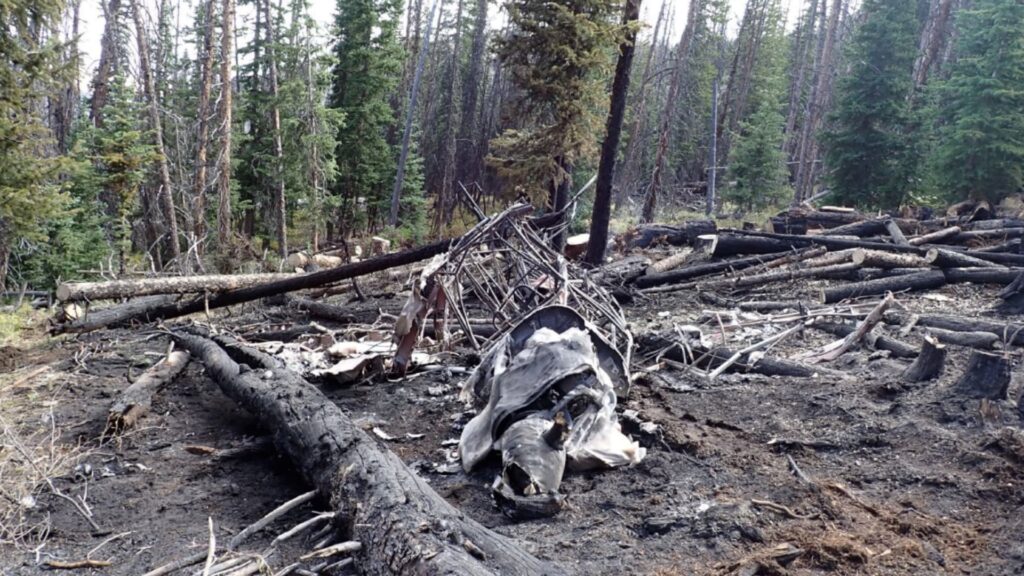


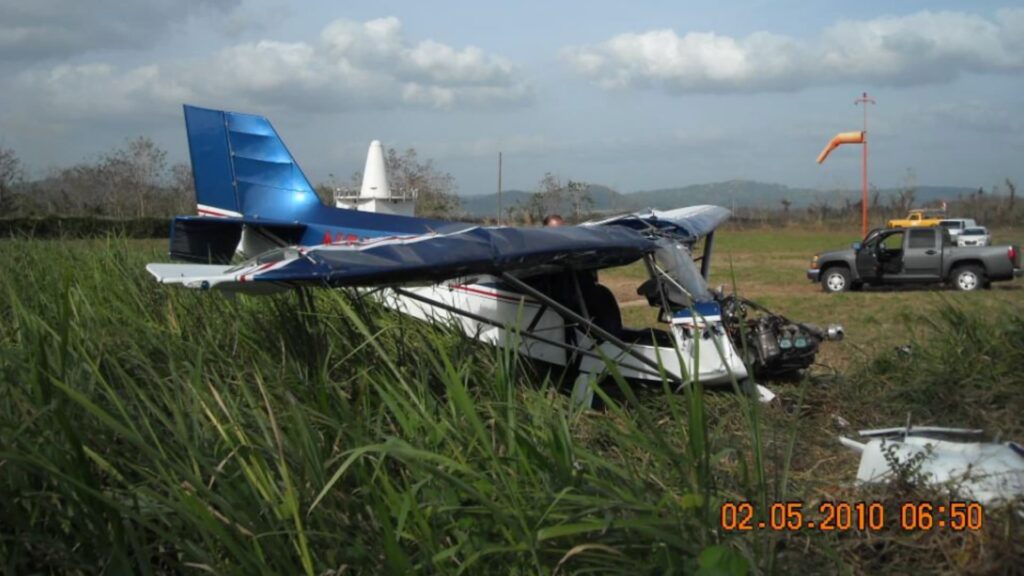
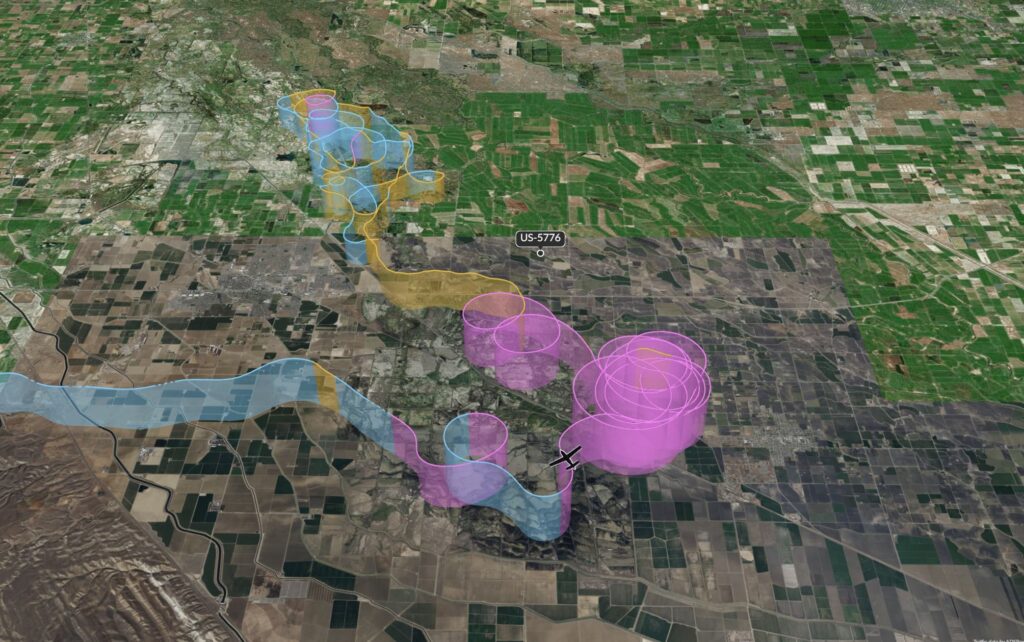
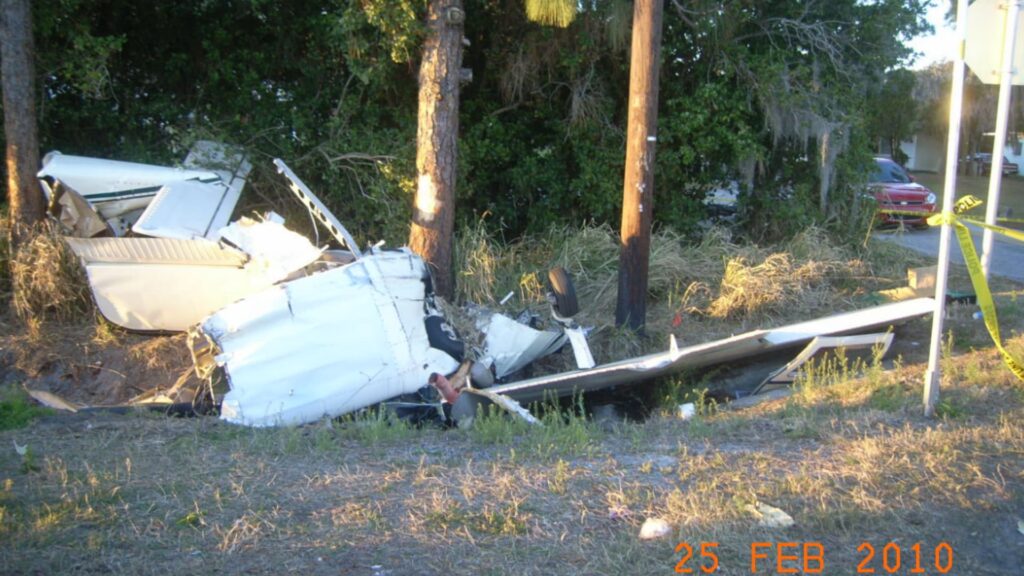
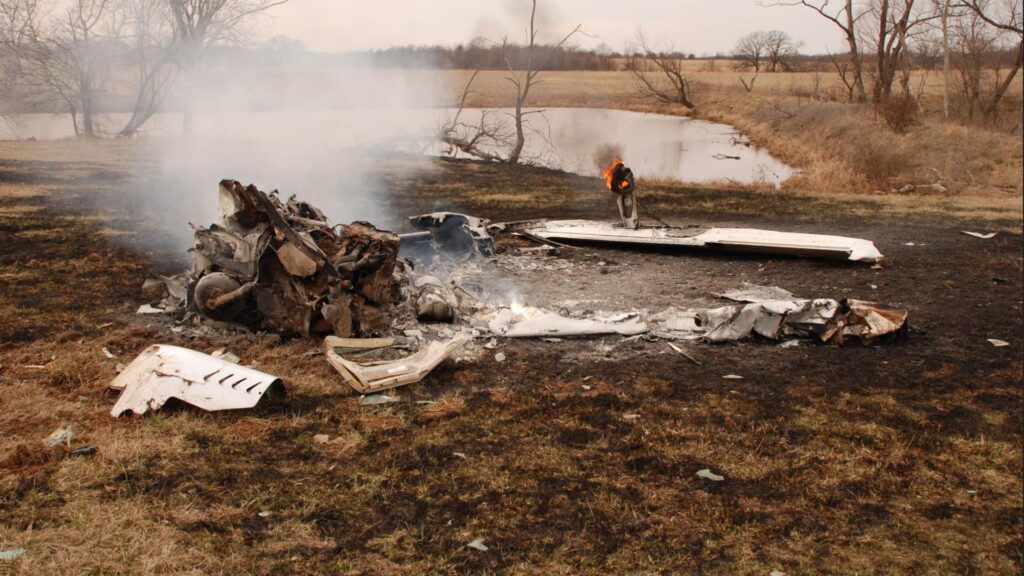
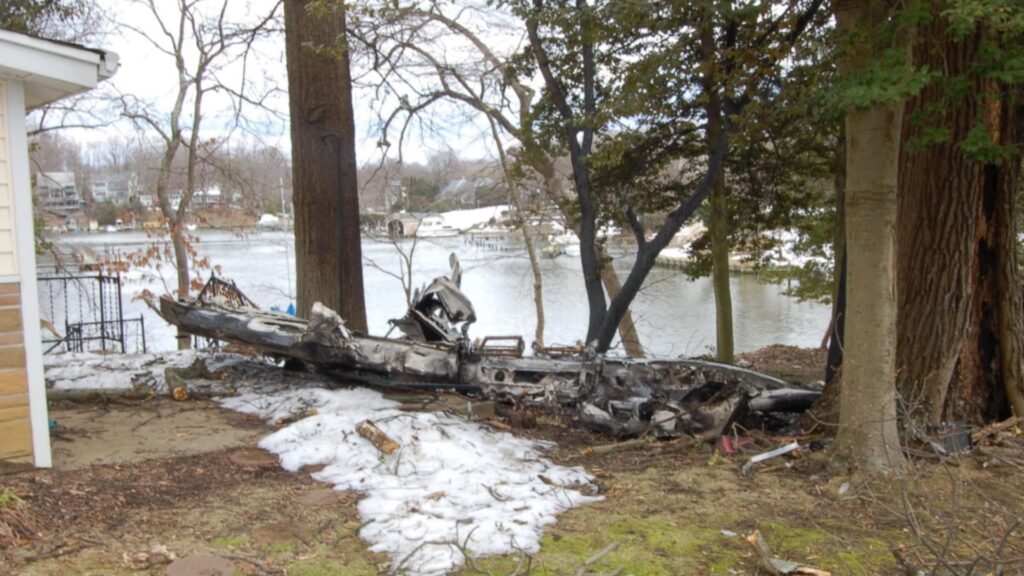
One Comment
A toy airplane in a high altitude mountainous environment should be recorded as a suicide attempt, at best.